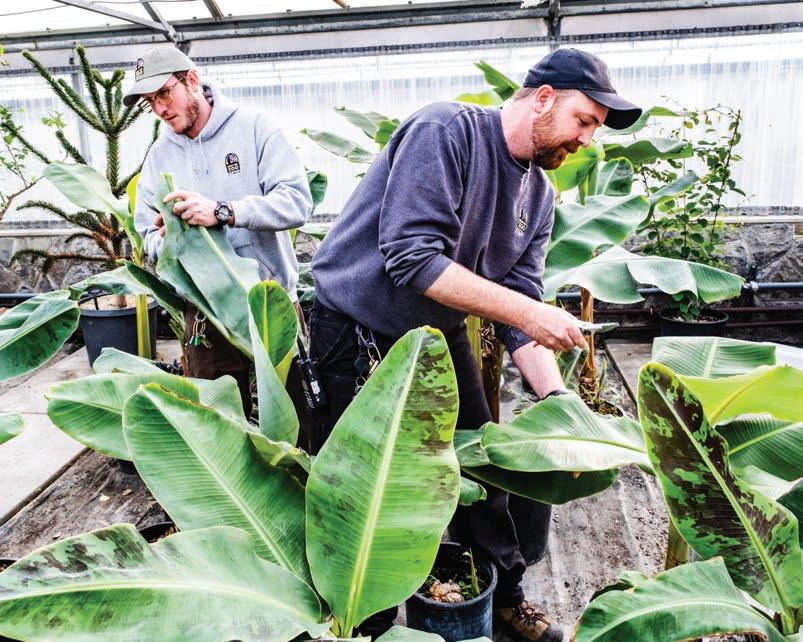
2 minute read
CLASSIFIEDS

DEADLINES
CLASSIFIED LINE ADS: MONDAY,
Contact Erin, 303-566-4074 eaddenbrooke@coloradocommunitymedia.com
DANIEL’S PAINTING
interior residential repaints
Re-caulk all home complete prime all caulked areas / replace any damaged boards/ popcorn removal drywall and texture repair/fences and decks/insured and bonded 720-301-0442

Plumbing
Front Range
Plumbing
303.451.1971
Commercial/Residential For all your plumbing needs
• Water Heaters • Plumbing Parts SENIOR DISCOUNTS www.frontrangeplumbing.com
PLUMBING&SPRINKLERS
FreeInstantPhoneQuote
RepairorReplace:Faucets, Sprinklers,Toilets,Sinks, Disposals,WaterHeaters,GasLines, BrokenPipes,Spigots/Hosebibs, WaterPressureRegulator,IceMaker, DrainCleaning,DishwasherInstl., forcouponsgoto vertecservices.com CALLVertec303-371-3828
Dirty Jobs
Done Dirt Cheap Call for a free phone quote 720-308-6696
Drain Cleaning Specialist Camera & Sewer Repairs Plumbing Repairs 24/7 - 35 yrs experience No extra charge for weekends and ginger leaves, banana trees or hibiscus owers, the greenhouse sta enables zoo animals to eat local — even if they crave ora from across the globe. e gardeners also grow landscaping plants for animal enclosures, from tall stands of euphorbia cactus to sweet gum trees.
“We’re trying to grow as much as we can locally,” Crowell said, adding that “growing exotics can take quite a bit of research.” e greenhouse specialties are grown without pesticides, using recycled water. All of this saves money the zoo would otherwise spend importing tropical plants from Florida. e production sta works closely with the zoo’s battery of veterinarians and nutritionists. Animal diets have come a long way since 1896 when the Denver Zoo began with a single caged bear cub, named Billy Bryan, in City Park. Although history does not record what Billy ate, it would probably make today’s zoo nutritionists shudder. ese days, animal diets are strictly controlled in order to keep them healthy. Often, that means adding the right vegetation.

One greenhouse holds a grove of banana trees, which are especially useful, since every part of the plant can be used. Crowell said the fruit is fed to fruit bats while the oppy leaves are popular snacks for many animals, including sloths and smaller reptiles — as well as great apes. Elephants and rhinos chew the banana stalks, which increases their ber intake and acts as a natural toothbrush.


“We get calls if an animal is ill,” Crowell said.


Many of the plants in the zoo greenhouses have medicinal qualities. Crowell said that leaves from the ginger and cardamon plants help prevent heart problems in great apes. Colorful blue, green and yellow lorikeets — a small parrot from Australia — keep their feathers healthy by pecking at hibiscus owers. According to Crowell, the pollen and nectar of these owers supply the birds with important amino acids.
Some plants are equally important to animals’ mental health. e Denver Zoo earned its accreditation from the Association of Zoos and
Aquariums by taking animal wellbeing seriously — and that requires plenty of the branches, twigs and leaves known as browse. Cuttings from a range of trees and shrubs, including willow, mulberry, and butter y bush, are important not just for nutrition but also to encourage natural activities like foraging. For example, Crowell said, Tundra, the female grizzly bear, enjoys stripping and eating the leaves o hackberry branches while the zoo’s Mongolian horses prefer to chew bark o cottonwood logs. Elephants and primates like to exercise their teeth on bamboo stalks. Several passive solar greenhouses known as hoop houses help extend the growing season for browse. And whenever it’s time to prune trees and bushes in City Park, Crowell and his team are there, collecting boughs, twigs and leaves. Crowell also roams the zoo’s 80 acres, searching for under-utilized patches of dirt where he and his sta can grow additional browse in the summer months. Last year, they supplied more than 1,300 pounds of leafy trimmings to zoo denizens. When the zoo’s urban farmers aren’t running loads of produce over to hungry zebras and gira es, they are searching for more ways to maximize every square foot of growing space. Even the rafters of the Tropical Discovery building are being put to use, with a hydroponic growing table that nourishes crops of collard greens. According to Crowell, many animals love nutrient-dense greens like collard and dandelion. Perhaps we humans should take a few dining cues from the zoo.










